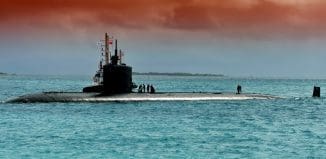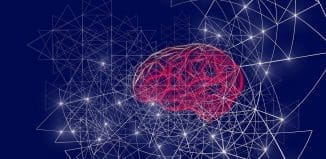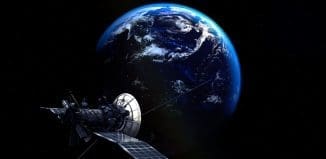Nuclear Events Can be Detected by Deep Learning
This post is also available in:  עברית (Hebrew)
עברית (Hebrew)
A major progress has been achieved in tackling some of the most complex problems of the environment, the cosmos, and national security – detecting nuclear events. A deep neural network running on an ordinary desktop computer is interpreting highly technical data related to national security as well as — and sometimes better than — today’s best automated methods or even human experts.
Scientists at the US Department of Energy’s Pacific Northwest National Laboratory (PNNL) employed in their research deep learning, an artificial intelligence technology, in which machines are enabled to learn and make decisions without being explicitly programmed for all conditions.
The research probes incredibly complex data sets from the laboratory’s shallow underground lab, where scientists detect the faintest of signals from a planet abuzz in activity. In the laboratory buried 81 feet beneath concrete, rock and earth, thick shielding dampens signals from cosmic rays, electronics and other sources. That allows PNNL scientists to isolate and decipher signals of interest collected from anywhere on the planet.
Those signals signify events called radioactive decays, when a particle such as an electron is emitted from an atom. The process is happening constantly, through both natural and human activity. Scientists can monitor changes in levels of argon-37, which could indicate prior nuclear test activity, and argon-39, whose levels help scientists determine the age of groundwater and learn more about the planet.
According to pnnl.gov, the lab has accumulated data on millions of radioactive decay events since it opened in 2010. But it’s a noisy world out there, especially for scientists listening for very rare signals that are easily confused with signals of a different and frequently routine origin — for instance, a person flipping on a light switch or receiving a call on a cell phone.
“Deep learning is making it easier for us to filter out a small number of good events that are indicative of the activity of interest,” said Craig Aalseth, nuclear physicist and PNNL laboratory fellow. “It’s great to see deep-learning techniques actually doing a better job than our previous best detection techniques.”





























